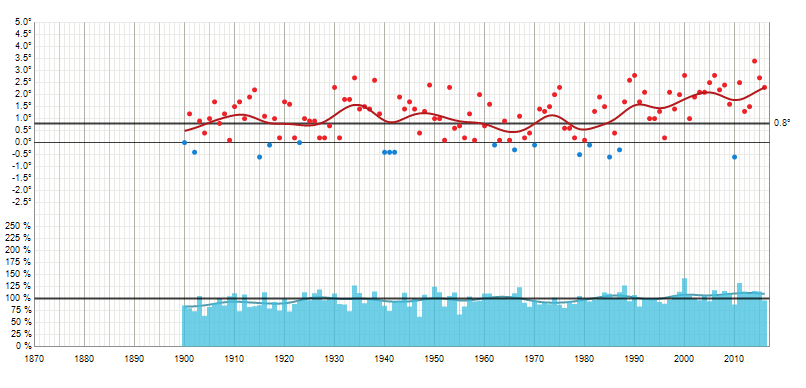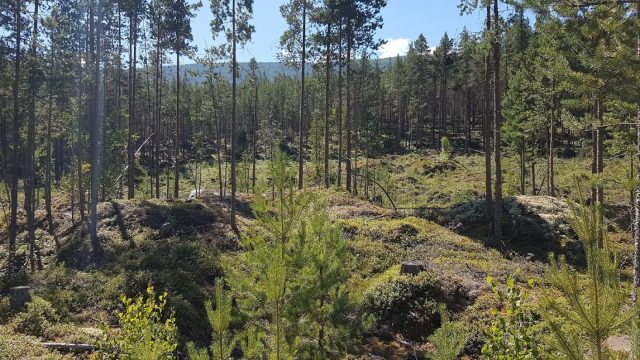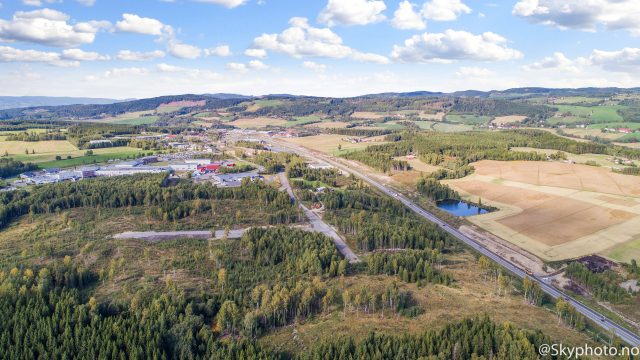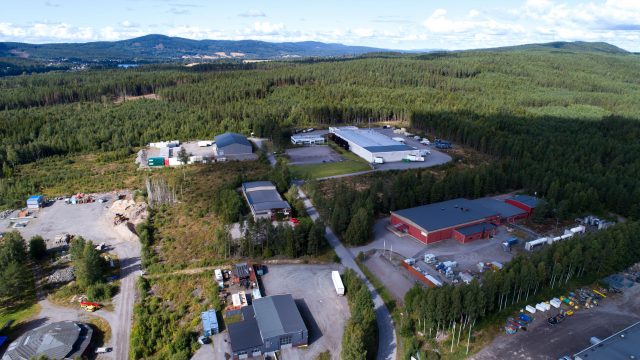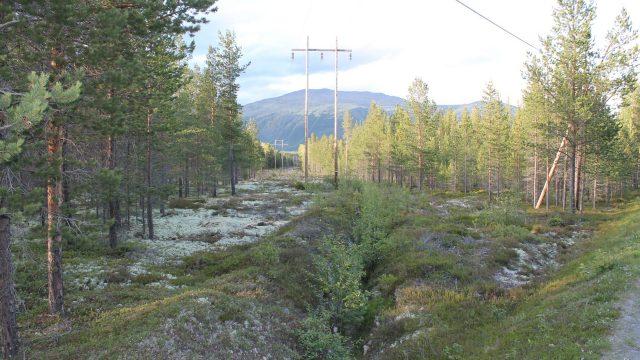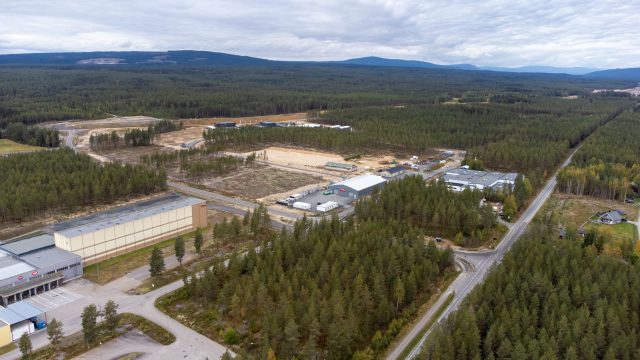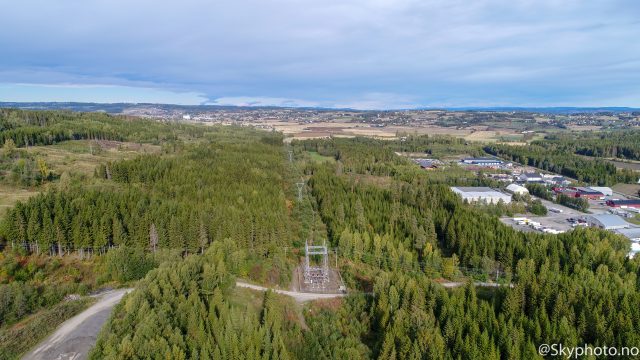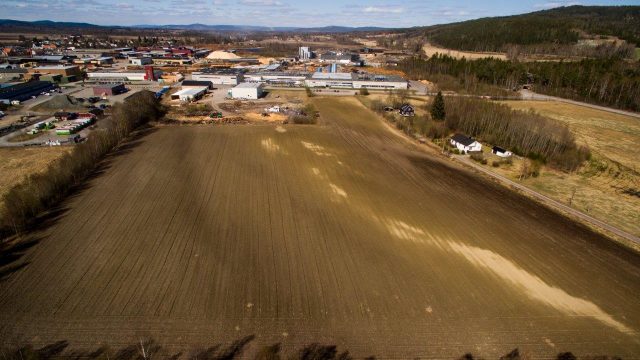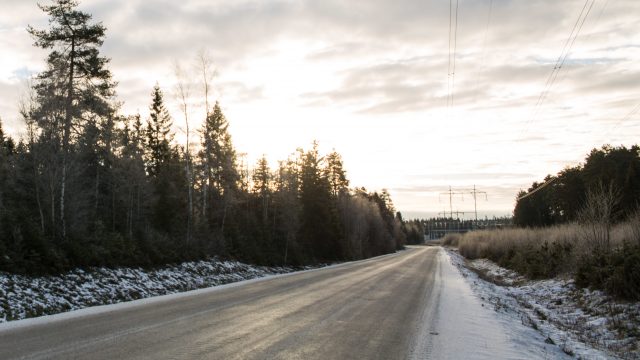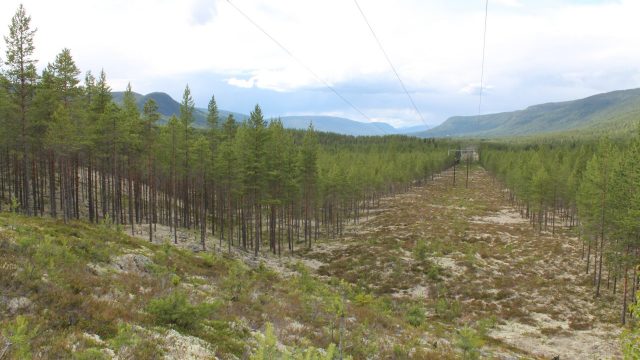Annual mean temperatures in the headlines for each site refers to annual mean temperatures 1981 – 2010. Source: Norwegian Meteorological Institute, met.no
CLIMATE STATISTICS
The graph (source: Yr.no) shows long-term statistics for yearly temperature and precipitation for the inland Norway.
Temperature: The dots indicate average yearly temperature. The line is a 10-year Gaussian distribution. The mean (see explanation above) is drawn as a thick horizontal line.
Precipitation: The blue bars at the bottom of the graph indicate the average yearly precipitation compared to the mean — which is drawn as a thick line through the bars. The line is a 10-year Gaussian distribution.
LAST 12 MONTHS
To see site relevant weather statistics for the last 12 months, please refer to the links in the Climate statistics-section on this page.
